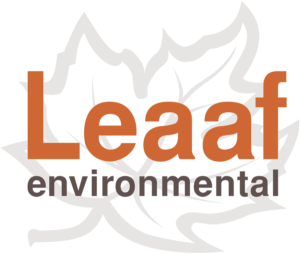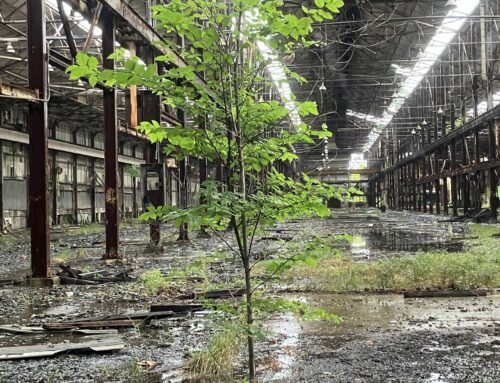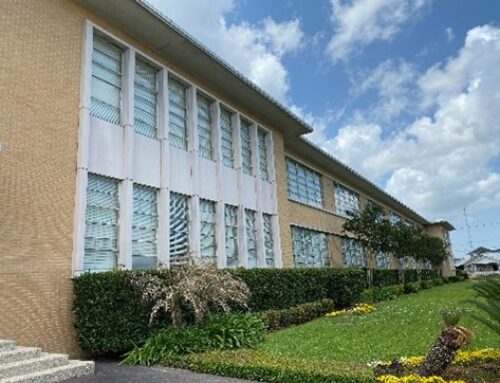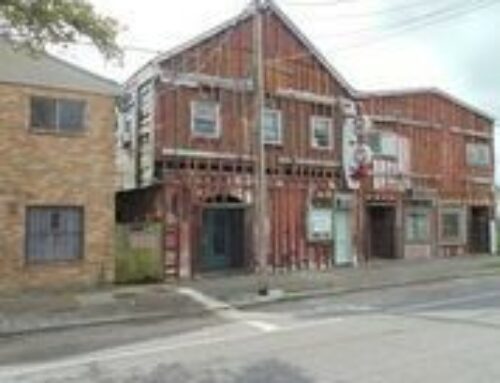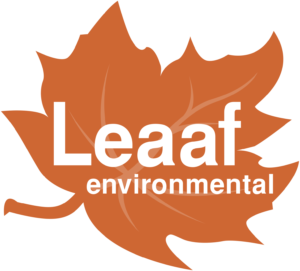Indoor Air Quality
Leaaf’s Indoor Air Quality Division performed indoor air testing to determine if elevated concentrations of volatile organic compounds (VOCs) were present in ambient indoor air of the Learning Center located on the 3rd Floor. The results of the testing indicated that VOC levels did not in exceed occupational exposure levels for typical volatiles found in a commercial setting.
Mold Investigation
In addition, Leaaf conducted a mold survey consisting of air quality sampling throughout the building. Six mold air samples were collected, four from the interior of the Learning Center and two outdoor background samples. The air quality sampling did not identify mold spores or other particles significantly different than what someone would be exposed to outside with the exception of skin fragments. Skin fragments will normally be found to be elevated inside an office as compared to outdoors due to the occupants. Leaaf also utilized the laboratory provided “MoldScore” to determine if the mold spores detected had a reasonable chance of originating from indoors or outdoors. The “MoldScore” indicated that all of the samples had a low probability of originating from an indoor source. 
Asbestos Survey
Leaaf performed an initial asbestos survey of the library that identified the presence of asbestos-containing materials (ACM) in the building. Based on these findings, Leaaf developed a scope of work to abate the identified asbestos in the building during planned HVAC renovation work. Prior to the abatement work, Leaaf collected baseline air samples from various locations throughout the library which could be impacted by the abatement in accordance with industry standards. During the abatement activities, Leaaf conducted contract oversight, abatement, daily area air monitoring, visual inspections, and air clearance sampling. Following abatement completion, Leaaf prepared and submitted an Asbestos Abatement Final Report.
